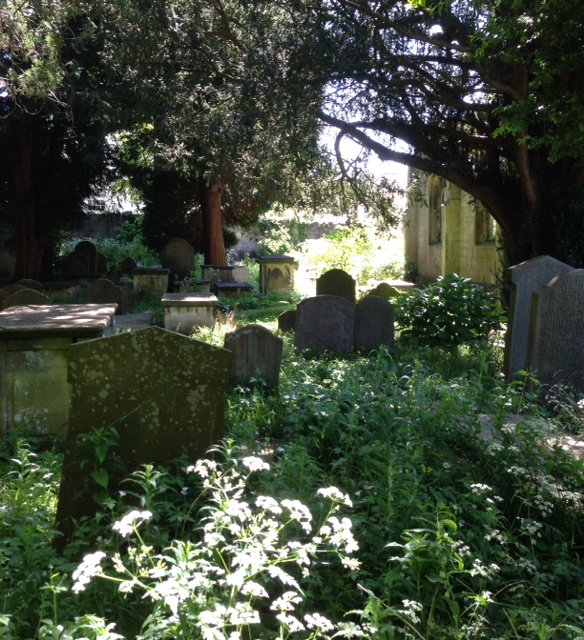Murchison Family
Jane Murchison is identified on her gravestone as “widow of the late Simon Murchison, Esq. of Bangelbroe and Kolconno”She died in 1840 aged 63. Simon Murchison died in Bengal in 1815. Unfortunately the inscription is too worn to read now but it seems that the place names on the grave corresponded to the locations known at the time as Bhaugulpore and Colgong, as Simon Murchison’s will records that he was living in Colgong in Behar province. He owned considerable interests in the indigo industry – yet another industry in which the British empire exploited the populations of its colonies. Under the East India Company many smallholders were induced to change from food crops to indigo under disastrous loan terms that left them permanently at the mercy of the Company, later culminating in the “Indigo Revolt” in 1859 which was ruthlessly suppressed. By the end of the century natural indigo dye would be replaced by synthetic indigo invented by a German chemical company. At the time of his death Simon Murchison owned five indigo factories at Colgong and four other locations in the Bhaugulpore district and his family continued to benefit from his business through annuities after his death. Jane Murchison (nee Stewart) was born in 1774 and appears to have lived in Bengal between their marriage in Westminster, London in 1804 until her husband’s death in Bengal in 1815, as the births of a number of children are recorded in the British India Births and Baptisms registers. At the time of her death in 1840 Jane Murchison was living in Bennett Street, and her daughter Jane Henrietta (baptised in Bhaugulpore in 1815) was at the same address when she died four years later. A number of other graves in the graveyard of men who served in the East India Company in military or civilian roles provide evidence of the extensive connection of Bath society with South East Asia in the first half of the 19th century.
The churchyard contains graves of individuals from a wide range of backgrounds reflecting the local community and Bath’s early 19th century place in the wider world. If you have information about any of the individuals we are researching we’d love to hear from you.
|


